PUBLIC SERVICE
D.G. Khan Roads
The road takes off from D.G. Khan City (Pull Dat) and terminates near Lohar Wala with an estimated cost amounted of PKR 83.552 Million.
Electrification
The Leghari Group has manifested their unrealistic efforts in the district of Dera Ghazi Khan which resulted in lucrative gains for the people of this area.
Airport
The D. G. Khan Int. Airport is a public airport located 15km (9.3mi) from the city center of Dera Ghazi Khan, Punjab, Pakistan, which it primarily serves.
Telecommunication
Awais Leghari served as Federal Minister for Information Technology from 2002-2007 which led to phenomenal growth in the IT industry across Pakistan.
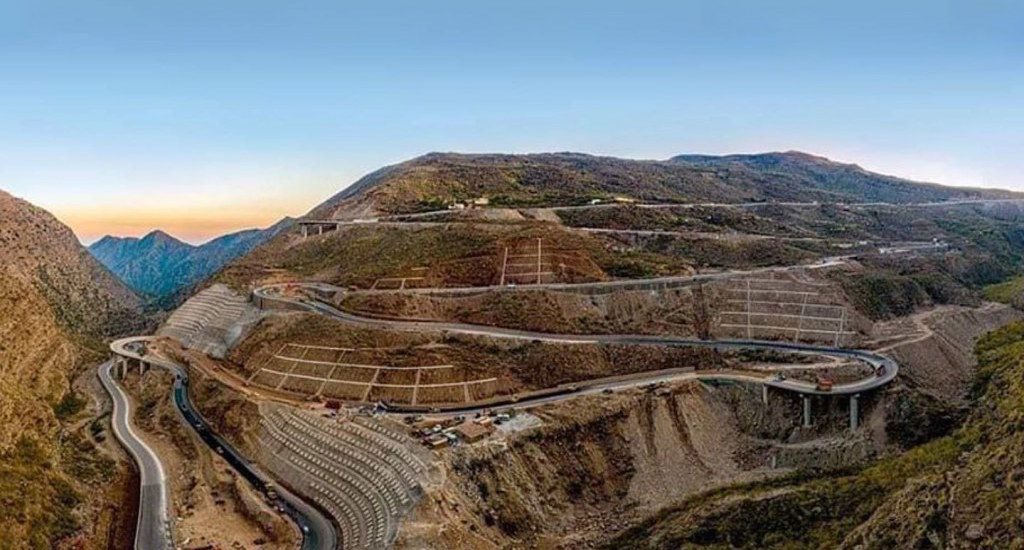
Fort Munro is a beautiful hill station located approximately 85km away from DG Khan at a height of 6,470 feet above sea level. The Leghari Group have aimed to develop a regional and Strategic Master Plan for Fort Munro to help carve the long-term objectives in order to exploit the potential of this area. The people of Fort Munro are nomads, especially of the Leghari tribe. Fort Munro can be reached either from Loralai Balochistan or from Multan (Punjab). From Punjab, the mountain range starts near Rakhni, which is a border-post between Balochistan and Punjab. The Japanese government, on the request of President Farooq Leghari, conducted the first survey for the Japanese Steel Bridge in 1996. A grant was approved, but the project was shelved. 20 years later, the project was executed under CPEC by the PML-N govt after reassurances of tribal security for foreign engineers by the Leghari Group/Tribe. It connects the Eastern and Western Routes of CPEC and is the gateway between Punjab and Balochistan; ushering in a new era of regional connectivity. To promote and develop tourism facilities in the region of Fort Munro, Dera Ghazi Khan, the Government of Punjab has established the Fort Munro Development Authority. One of the critical targets of the authority is to develop and implement a regional & Strategic Master Plan for the area towards a long-term objective of fully harnessing the tourism and economic potential of this area. While maintaining its Indigenous character and protection of its rich environmental assets. In the development side of Fort Munro, new metaled roads and the Solid waste management team worked day and night to keep the streets clean for the people. In addition to this street lights were also installed in the area.

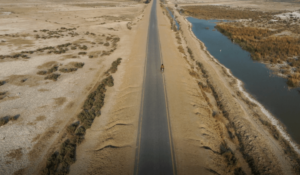

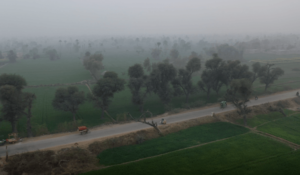
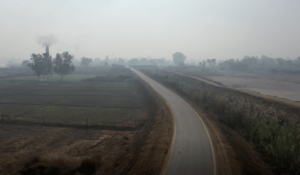
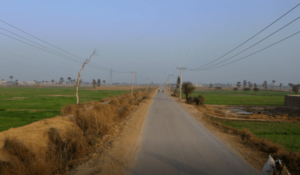
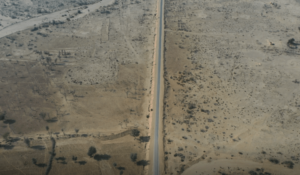
Sardar Awais Khan Leghari efforts to rehabilitate and contribute to the construction of the road with the help of the Khadim-e-Punjab Rural Road Program (KPRRP) to ensure opportunities for the people of Dera Ghazi Khan. In 2010, floods across Pakistan left millions of people homeless and ruined thousands of square kilometers of infrastructure like Roads, bridges, and rail tracks were damaged extensively in Punjab and Sindh. In 2013, Awais Leghari’s term as MNA began and he took the initiative of developing a plan to rehabilitate these roads and to make new ones for deprived areas where people could not even say a funeral prayer without getting soaked into mud and filth during the rains. Traveling 10 km would take 40 mins on such roads and ambulances couldn’t reach patients in time. Before the construction of the roads, the people of the area were facing a lot of problems to reach D.G. Khan due to the dilapidated condition of the existing road. In 2015, Shahbaz Sharif launched KPRRP for the construction and rehabilitation of the rural area roads and Awais Khan Leghari became an active part of the plan and execution. Under the KPRRP umbrella, Awais leghari pushed hard for the quick construction of 8 carpeted roads worth around a billion rupees.
According to the KPRRP, the initiative to build 203 km comprising a total of 8 roads was taken to bring a new era of progress and prosperity in rural areas. The KPRRP thus started construction of the following roads;
Construction:
- Construction of Metalled Road from Choti to Choti Bala
- Construction of Choti to Basti Talpur
- Construction of Metalled Road from Pull No 14 to Dajal Jampur Road
- Construction of Metalled Road from Choti Jampur Road to Mana Ahmadani
- Construction of Metalled Road from Jampur Dera Ghazi Khan Indus Road to Jhok Utra via Basti Yaqiani Basti Aslam Jalbani
- Construction of Metalled Road from Kot Chutta Darahma Road to Basti Rekra
- Construction of Metalled Road from Sheru to GhouseAbad
- Construction of Metalled Road from Dari Mero to Dera Ghazi Khan Multan Road via Link no. 1 Phase 1
- Construction of Metalled Road from Indus Road to Choti Kot Chutta Road Along with Kapar Drain
Repair Roads:
- Repairing of Metalled Road from Choti to Khanpur
- Repairing of Metalled Road from Choti to Dera Ghazi Khan via Basti Jamna Chandia. (Chit Road)
- Repairing of Metalled Road from Choti Mamory Road To Paigah
- Repairing of Metalled Road from Choti Zereen Pull No 14 Repairing of Metalled Road from Choti to Kot Chutta
- Repairing of Metalled Road from Ramdani Chock to Sakhi Sarwar Quetta Road via Airport Dera Ghazi Khan
- Repairing of Metalled Road from Kot Chutta to Dera Ghazi Khan Multan Road enables people of city centers Choti and Kot chutta to use this route.
- Repairing of Metalled Road from Sameena Chowk to Qasba Sameena
- Repairing of Metalled Road from Indus Road to Duba Duri Union council Ara Jafar
- Repairing of Metalled Road from Notak Adda to Union Council Notak
Apart from that there are several other constructing and repairing roads
This revolutionary program of construction and rehabilitation of roads changed the living standard of the rural people besides promoting trade in the region. Most of these roads are in the middle of the desert, one can see how agriculture has started flourishing in the middle of the desert along the road and the very deprived area now has good accessibility. Awais Leghari also contributed to the Kot Chotha bypass project on the Indus Highway constructed at the cost of Rs.450 million. The restoration and construction of road from Mehboob Mor to Aalim Khan on Indus Highway was completed under the KPRR Program at the cost of Rs 300 million. More than 100,000 people were facilitated economically and socially and due to that reason it boosted socio-economic activities, resulting in increased land prices and economic growth like petrol pumps, shops, etc. It opened more employment opportunities with increased strategic connectivity between the main towns by lessening the traveling time. That belt is fertile and rich in producing agricultural products that sum up to millions in revenue. The rehabilitation of the road provided undoubtedly a better communication facility to the commuters especially to the peasants of the area for bringing their agricultural products to the nearby market Dera Ghazi Khan
The D.G. Khan road maintenance management majorly deals with problems related to road preservation and conservation to establish a well-maintained management system that can show the best possible solutions to mitigate these problems within a stipulated time. Different repairing techniques were used which applied after inspecting the proper cause of the damage.
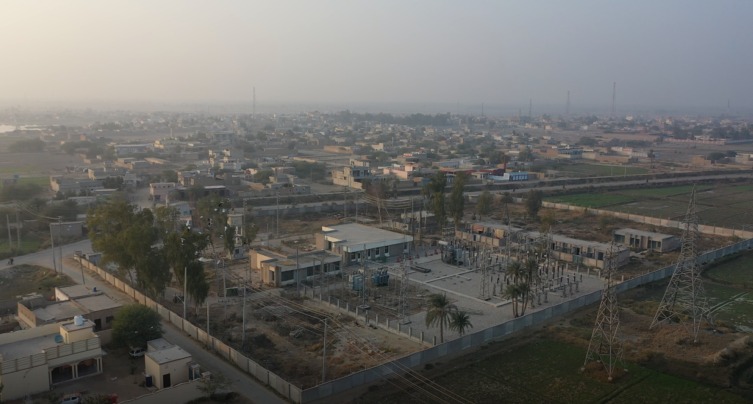
The Leghari Group has manifested their unrealistic efforts in the district of Dera Ghazi Khan which resulted in lucrative gains for the people of this area. Pakistan produced surplus electricity with Awais Leghari’s unbelievable efforts. His endeavor had borne fruit for the country and finally entered the next stage where surplus production carried out to be through competitive bidding. The country was producing only 9,279-megawatt electricity against the demand of 11,800 megawatts when the PML-N came into power in 2013 which was an average shortfall of 2500 megawatt and almost eight to ten hours load-shedding. The companies competed in the open market on tariffs of hydel production, Similarly, the overall electricity generation in the country had gone up to 16,477 megawatt, which was about 2,700 megawatts more than the demand. The maximum number of feeders across the country turned to zero load-shedding. Approximately 15 million meter owners benefited from zero load-shedding and there would be no discrimination among the provinces or urban areas and rural areas on that counted. The feeders with below 10% power theft benefited from the zero load-shedding while other feeders were subjected to load-shedding under the rules made to check power theft. Two-hour load-shedding was observed at feeders with 10-20 percent power theft and so on. The feeders with over 80% of theft were subjected to 16 to 20 hours of load-shedding. It is to be noted that there were just 58 feeders on zero load-shedding with LESCO, which was enhanced to 102. Similarly, the zero load-shedding feeders in FESCO increased to 896 from 20, in IESCO to 710 from 72, in MEPCO to 763 from 54, in Peshawar to 309 from 60, in Hyderabad to 204 from 10, in Sukkur to 24 from 18, in KESCO to 61 from 12 and in tribal areas to 29 from zero. In his time, it was assured that with time other feeders would also be shifted to zero load-shedding in accordance with the policy.
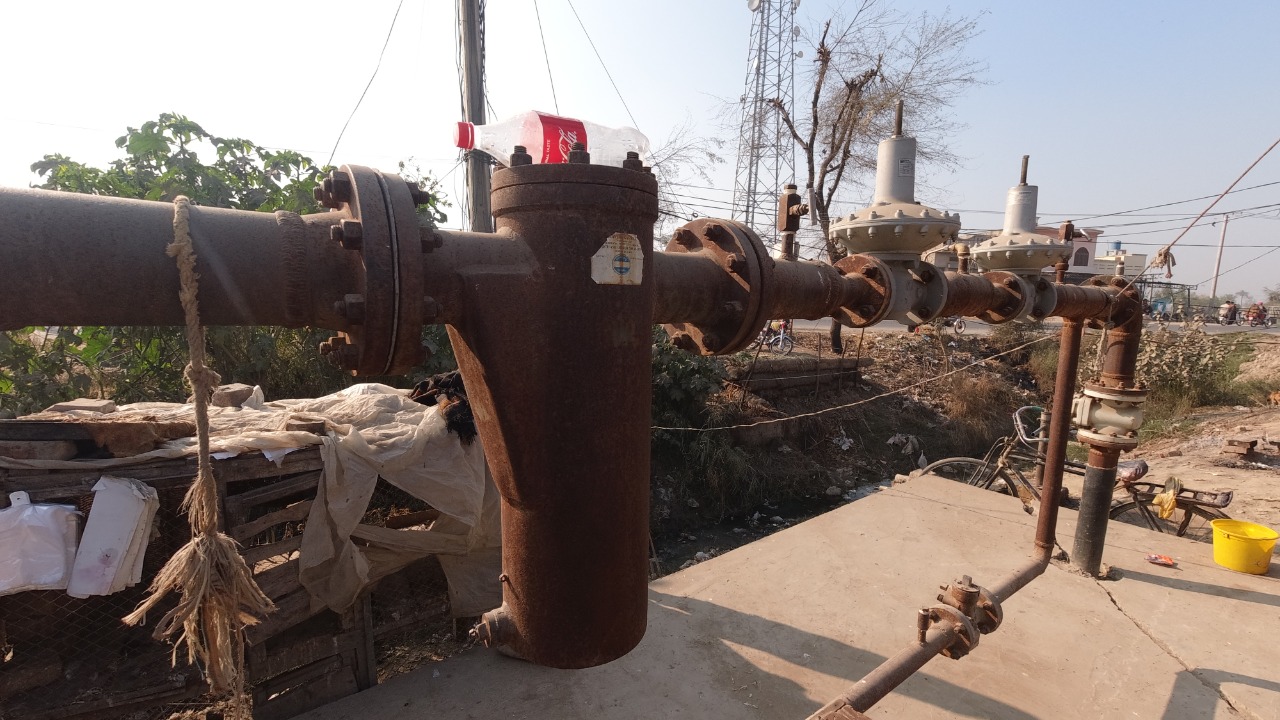
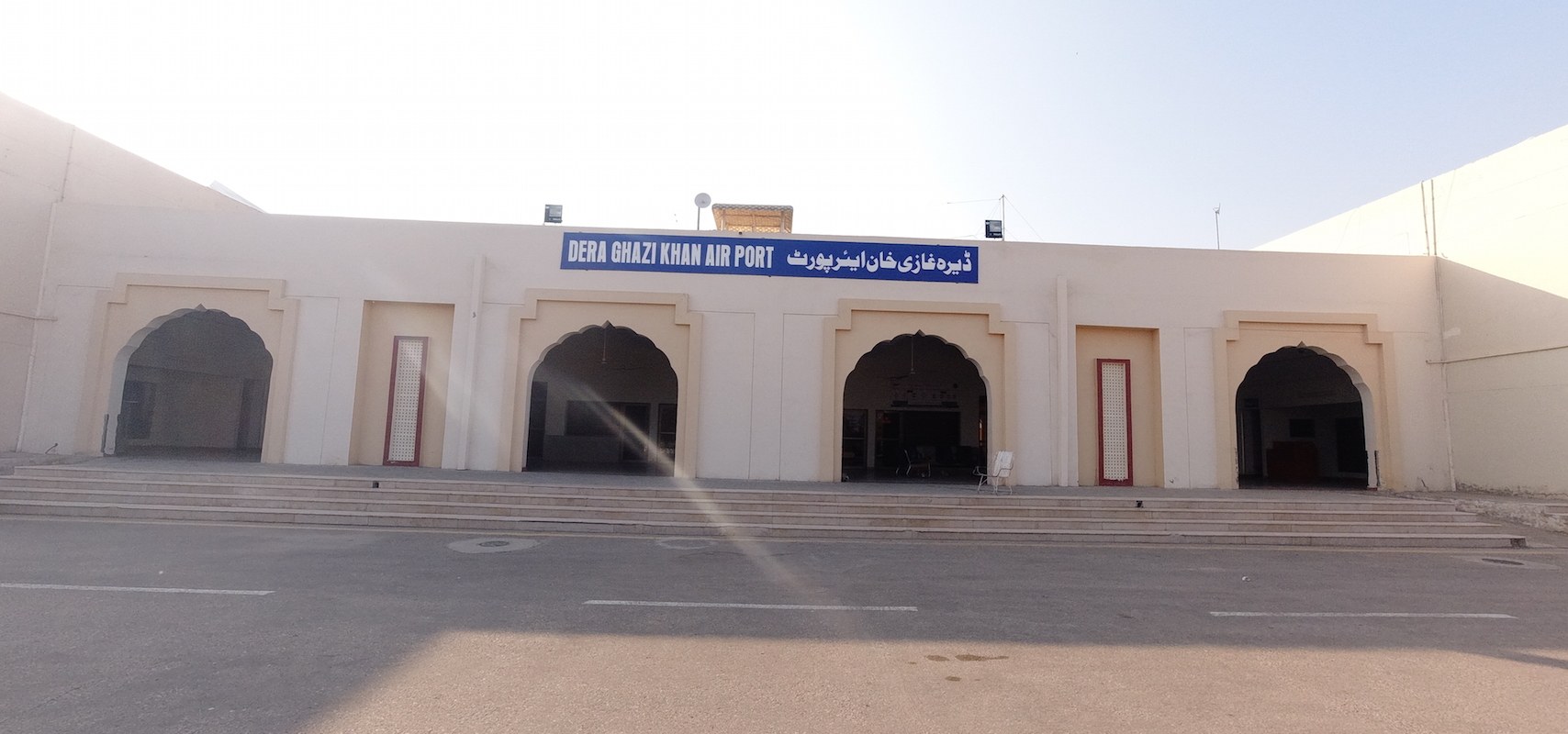
Dera Ghazi Khan International Airport or D. G. Khan International. The airport is a public airport located 15km (9.3mi) from the city center of Dera Ghazi Khan, Punjab, Pakistan, which it primarily serves. It is near D.G. Khan Cantonment and has a single, double-sided runway. The Pakistan Civil Aviation Authority operates the airport. As of early 2013, it had no night landing capabilities. It is located about 20km from the city, with the IATA code of DEA and ICAO code of OPDG. The airport was built in 1996.
Dera Ghazi Khan International Airport has been operating flights to and from Dubai since 2008 due to high demand and thus making it an international airport. There’s usually high traffic at the airport, especially flight operations to Karachi, which have a huge number of passengers. Shaheen Air (Karachi) commenced operations in November 2012 while Air Indus (Karachi) began its flights in 2013. FlyDubai agreed to start flights from the Dera Ghazi Khan International Airport if a night landing facility is provided. Emirates will also offer flights to Dubai soon.
Dera Ghazi Khan, abbreviated as D.G. Khan, is located at the center of Pakistan, at the junction of all four provinces of the country: Sindh, Punjab, Balochistan, and Khyber Pakhtunkhwa. It is the headquarters of the Dera Ghazi Khan Division, which comprises the Dera Ghazi Khan, Rajanpur, Muzaffargarh, and Layyah districts. It is known for its mesmerizing landscapes such as the Indus River, Green Fields, Pachad Desert, and the Sulaiman Mountains. Some of the flora and fauna that thrive in the city are the Jerdon’s Babbler, an endangered passerine bird from South Asia, and one unconfirmed occurrence of Markhor (Sulaiman Markhor), the national animal of Pakistan. The latter is found at high altitudes.
The city has several historical and tourist sites like the tomb of Hazarat Sakhi Sarwar, who preached Islam in Sodhra, Wazirabad. His Mughal architecture-styled shrine was built in the Sulaiman Mountains, 35km (22mi) from D.G. Khan. Thousands of people from all over South Asia come here on the Annual Celebrations of Birth of Sakhi Sarwar in March every year. There’s also the tomb of Nawab Ghazi Khan Miranithe, the oldest building in the city. 11 of the family members were buried here. There’s also the tomb of Ali Ahmed Qadri (Darbar Qadiriyya), who was considered to be an inborn Wali and who belonged to the Qadiriyya Sufi order from the lineage of 17th-century saint Shah Kamal Qadri Kaithaly. Other sites are Taunsa Barrage, where one of the notable structures on the Indus River called Taunsa Barrage is located; the beautiful village of Ghazi Ghat, one of the notable structures on the Indus River; Fort Munro; Pir Zinda; the tribal area; and Koh-Suliman Mountains. Dera Ghazi Khan is also home to famous mosques such as Jamia Masjid, the biggest in the city; Shah Bagh Mosque; Maulvi Fazl-e-Haq Masjid, one of the oldest in the city; Eidgah; Imambargah Haidrea; and Canal Colony Mosque. After the demise of Sardar Farooq Khan Leghari, the Airport was named after him.
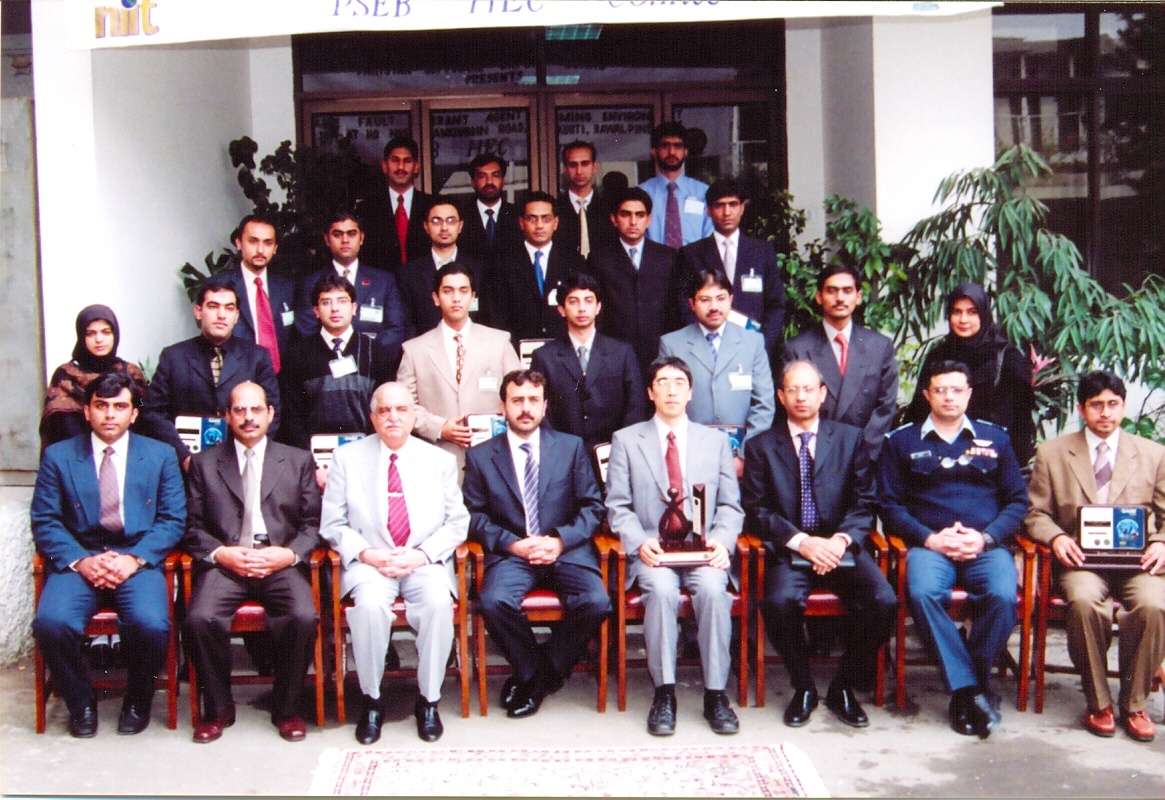
Awais Leghari served as Federal Minister for Information Technology from 2002-2007 which led to phenomenal growth in the IT industry across Pakistan during his tenure. Up until 2002, to get a mere phone connection MNA and MPAs even had to wait in queues for months, and at times for years. The connection facilities were so hard to avail, that a common man could not even imagine having access. At that point, Awais Leghari envisioned a telecommunication landscape for Pakistan where phone connections became cheap and easily accessible. During this time, many initiatives such as the USF were created to support the cause of telecommunication revolutionization. The major focus was to bring telecom operators towards the rural population and to increase the level of telecom penetration significantly through effective and fair utilization of the fund. Hence, this helped generate revenues via cable operations for different regions. The National ICT R&D fund was established under which a student outreach program was initiated that led to students from backward and deprived areas to gain educational scholarships in the topmost universities of Pakistan.
In this regard, the fund also helped initiate innovative ideas and the development of various tools and applications to strengthen the telecom sector of Pakistan. The entire IT industry thus went into a do-over, which meant competitive policies creating reasonable prices for the consumer. In 2005, Pakistan won the GSMA award for best telecom and IT policy in Barcelona under Awais Leghari’s leadership. Similarly, during Awais Leghari’s tenure, the cost of the call to America used to be 100 rs/min in 2002. In three years, it came down to 5 rs/ min which was a phenomenal decrease in cost. In 2007, Awais Leghari unveiled a plan to provide telecommunication services to 6 under-served areas of the country. Those 6 geographical areas were marked out in the divisions of Malakand, Sukkur, Sibi, Chaghai, DG Khan, and Attock. This helped mainstream these underdeveloped areas. There were around 82 phone towers along with 20 PTCL exchanges were installed in Dera Ghazi Khan which helped bring many remote areas into the mainstream. Transparent and successful privatization of PTCL took place which brought about professionalism in the sector, prevented any losses, and benefited the economy. Moreover, PTCL shares went out at a much higher price on Pakistan Stock Exchange, than the ones predicted. 60,000 employees and unions were dealt with in a very proper manner, keeping the interests of the employees as a priority giving them voluntary separation schemes without any protests or riots by unions, making the privatization of PTCL a very smooth transition. Due to the unending contributions of the Former Federal Minister of IT, Awais Leghari the telecom industry went through a massive boom; from phone networks being an expensive unaffordable privilege now even, a farmer has access to the same service as any other person. This is an ideal example of how a ministry can help create and uplift a non-existing industry, and help free the common man from the shackles of unnecessary costs and unavailability of simple elements of a better lifestyle.

